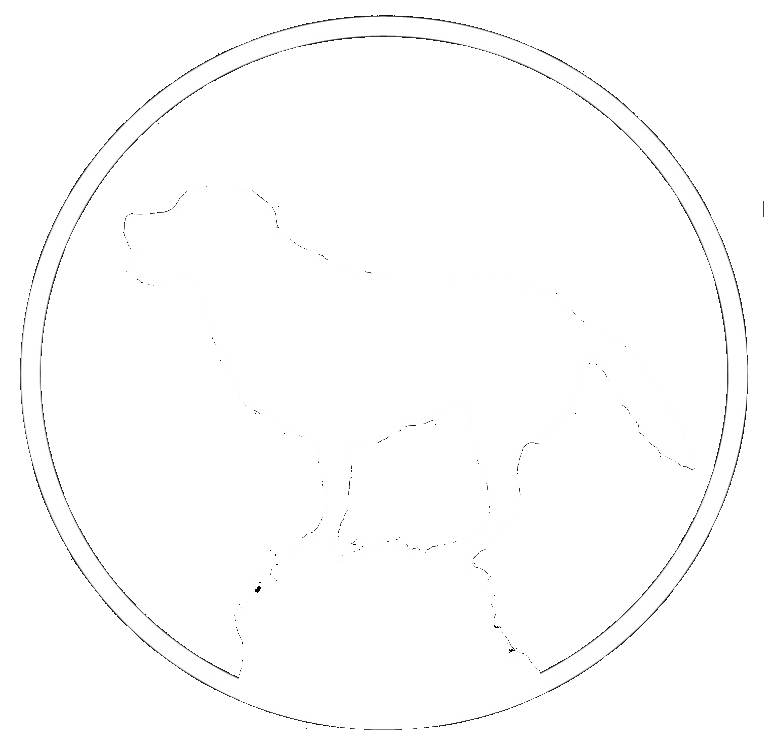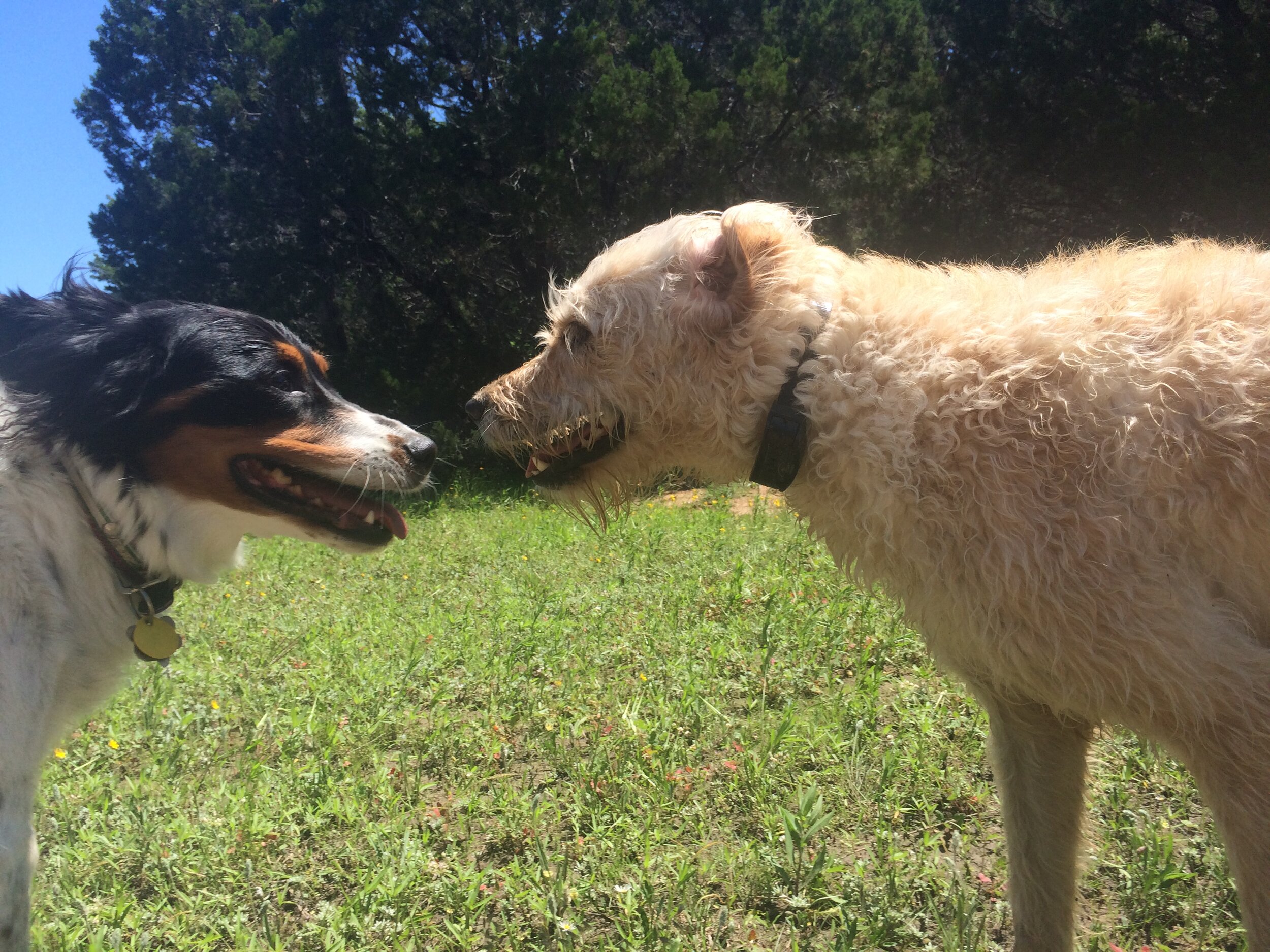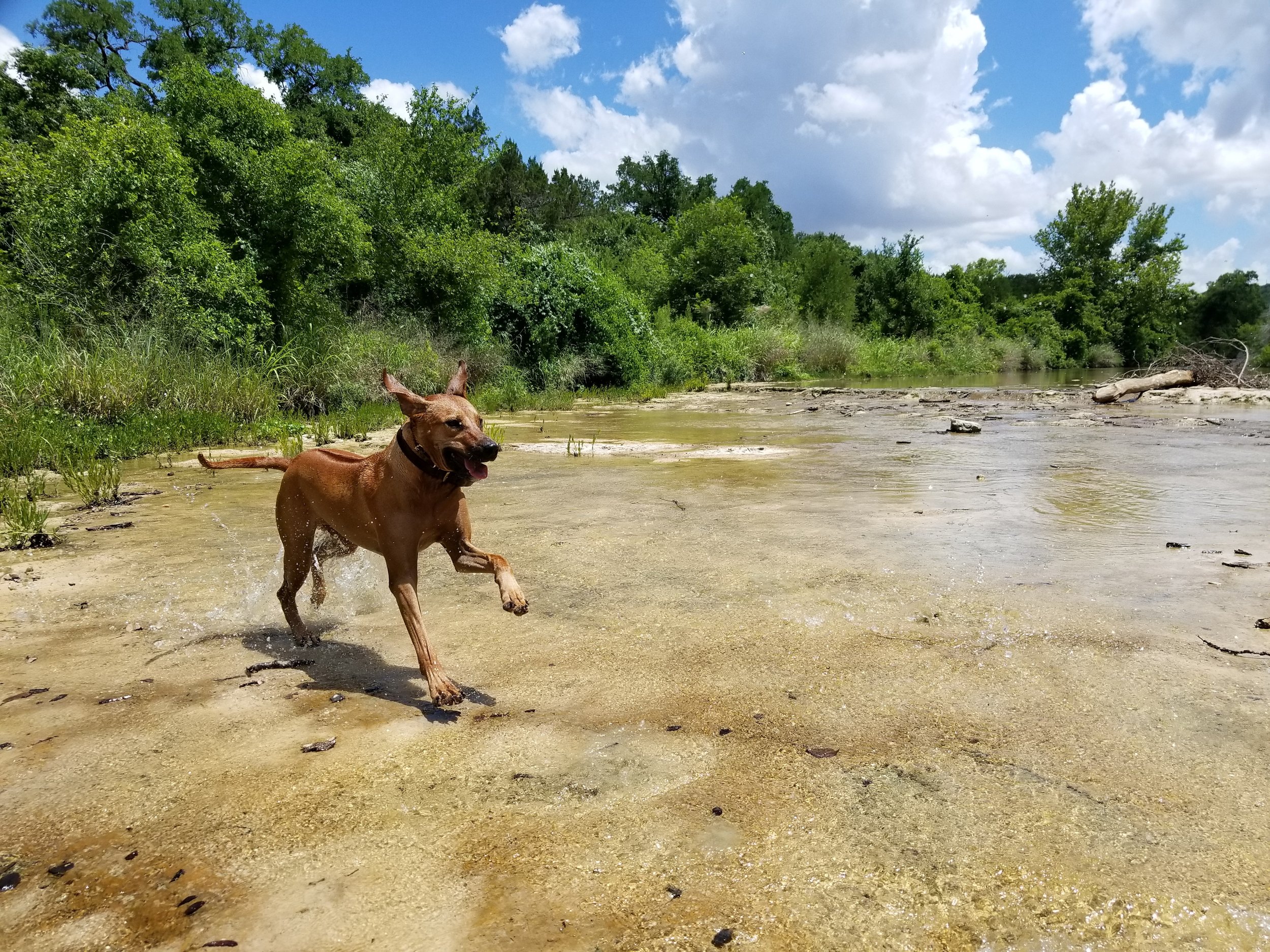Everyone thinks of the training journey as the one that begins at the first session, but there is another, perhaps more important journey that we all must go on: the journey from inaction to action, when we decide the benefits will outweigh the costs, both financially as well as in the effort to find a trainer and make the changes they suggest.
“I don’t have the time” / “It takes too much time”
You’re already so busy...but if you are struggling with your dog regularly, how much time is that costing you?
You are already putting a lot of time into your dog. Time cuddling, posing them for photos, playing in the yard, or running their instagram account. Time struggling on walks. Time stressing about how they will react to dogs or new stimuli. Time walking them before you go to meet your friends at the park without them because they will be unmanageable and you won’t be able to enjoy yourself.
Some positive reinforcement trainers will tell you to practice a trick routine for 20 minutes twice a day. While drilling commands is one way of approaching training, I have found that people often don’t put in the time it takes to create a truly ingrained response using treats. Instead, my training approach involves understanding your dog so it will feel natural, seeing how they see the world and interpret our behavior, to change the way you do the things you already do. Activities like feeding, letting your dog out of the crate or the car, and beginning your walk may take a little longer, but you won’t necessarily have to set aside blocks of ‘training time.’ I’ve gotten incredible results with a model that simply changes and improves the way you do what you already do with your dog.
“It’s scary to make a change” / “I’m afraid I won’t be able to commit and stay dedicated till I get lasting results”
This is the reason why it’s been so hard for me to start doing things that I know are good for me like meal prepping, meditating, or regularly exercising. Change is hard and scary! Habits take time, effort and awareness to shift. Even when it’s a powerful change that will have positive effects, it’s hard to find the time and energy to take on anything new. While your relationship with your dog has its stressors, you probably are used to it. It at least feels like it’s stable when so little else in our lives is. The truth is that frustrating, yet manageable problems, when unattended, will inevitably grow. That means things are changing whether we want them to or not. If you seek and apply a training program that helps you understand how your behavior affects your dog you can make sure they change for the better and deepen the relationship you care so much about.
“I don’t want my relationship with my dog to change” / “I’m afraid my dog won’t love me as much if I tell them no”
For a lot of us, the relationship we have with our dogs is one of the most important, consistent, and joyful relationships in our lives. We depend on our dogs. It’s scary to imagine that we might undermine that relationship in any way by shifting how we interact or calling them out on their bad behaviors in an impactful way. Even though we know things aren’t as good as they could be, we tend to see our dogs through rose tinted glasses, excusing or dismissing their bad behaviors. This locks us in a cycle of codependency with our dogs that keeps us stuck: Since many of us have an unmet need of unconditional love and positive regard, we projet that on to our dogs and are afraid to jeopardize it with rules and boundaries, ignoring or accepting them as their worst selves. Dog training was an incredibly counter-intuitive process for me. Hell, if it was intuitive, we’d all have good dogs and I wouldn’t have a job. By doing the things I thought would undermine my relationship, I built one that was stronger and clearer than I could conceive of before. I promise, by making small shifts in how you interact with your dog, they will blossom in a way you never thought possible. By following the protocol I now teach, my dog was noticeably more confident, happy, and content. Who wouldn’t want that?
“It will be a lot of work” / Dog training will take time, effort and energy I can’t commit to
I get it. You look at someone with a well-trained dog and you think “wow that’s cool,” but wonder if you can really do it.
Many of us accidentally deprive our dogs of one of life’s greatest pleasures - to have responsibilities, work hard, and accomplish something. We, being overwhelmed with responsibilities, project our desire to be free of them onto our dogs and go too far in the opposite direction. As ‘good owners’ we tend to meet all our dogs' needs AND desires instantaneously, not wanting to say no to them, another projection of a situation we wish we were in. While this may feel good on one level, it deprives them of an important experience and perhaps the best feeling, that of taking on a challenge and growing as a result of it. Shifting your perspective and behaviors takes effort at first and it’s totally worth it. Eventually it will become as natural to you as what you are doing now, except the results you will get will be exponentially more enjoyable.
“I can’t take on another thing right now”
It’s so easy for life to get busy and for us to focus on what is loudest or most pressing instead of what is most important. Our dogs can be a companion to relax and unwind with, but for many of us they are another source of stress. It’s important to pick a time to start training when you have the mental and emotional space to dedicate to engaging with your dog more mindfully. Perhaps you will find it’s more important than some of the other things on your plate that you agreed to if you think about it.
“I want to try and figure it out on my own unless it gets worse” / “I can train my dog on my own”
Yeah, you could, but...
We don’t take driver’s ed after we try driving on our own and get into an accident, so why do we wait until things are in crisis before taking on training our dogs? Many people think “we are smart, successful adults, shouldn’t we be able to figure it out using logic and love?” Unfortunately for us, dog training isn’t something that comes naturally to almost anyone, which is why I see almost exclusively overstimulated, anxious, and reactive dogs. It’s even more problematic that these behaviors have become so normalized that we don’t realize how seriously dysfunctional they are. Often the things we try to do to help can actually make the problem worse.
One of the first steps in training is admitting that what you have been doing isn’t working or that the approach you have tried isn’t working and you have hit the ceiling of it’s effectiveness. I always blamed myself, that I wasn’t applying it thoroughly enough and if I just would try harder I could get the result it promised. Finding a method you can and do apply is one of the moving parts of an effective training program. Many people learn a positive only protocol, but don’t have a treat bag strapped to them 100% of the time for a few years, thus rendering that approach obsolete. Instead of blaming yourself and living with the dog you have, pivot to an approach that actually works for you.
“It’s too expensive” / “I can't afford it”
Just like with everything else, you get what you pay for in dog training. Many years ago, as I was just beginning to offer a training service in addition to hiking my pack of dogs everyday, my prices were very low because I knew I only had so much to offer and was still experimenting with my clients to find out what was effective as I learned how to train humans. I was still helpful, but my expertise grew over time and my prices increased. This won't always be the case as many beginners are coached to charge as much as they can get and sell with (often unearned) confidence.
The truth is, good training is worth investing in. We love our dogs so much. But what is love? Do we love them enough to learn how they see the world and how we can be the best teammate for them? Enough to get coached on the best way to resolve their challenges and help them enjoy as full a life as possible? This is one of the most important relationships in your life and you should absolutely invest time, energy, attention and resources into those that matter to you. If you don’t, it will cost you in stress and frustration.
“I’m not sure how to pick a trainer” / “There’s ONE best technique, but I’m not sure what it is”
It’s easy for dog owners to find themselves in an impossible situation because there are so many different styles of training and even within each approach, so much disagreement. It’s hard to know what is right for you and your dog and what is effective. The concept of ‘dog training’ has been associated with the obedience commands or a trick routine. It’s the focus of the big box pet store puppy classes and all R+ trainers. I think teaching tricks and building a language with your dog is a piece of the puzzle, but owners are often frustrated that a dog who knows sit and down is still unmanageable and only responds to the commands they know selectively. They thought the dog would be ‘trained’ once they knew commands and wonder if this is as good as it gets or where to go from there.
Different dog personalities also have different needs. While shock collar training worked for your friend with a working breed, it may not be appropriate for your sensitive dog. Treat training worked for your other dog with high food drive, but is totally useless with your non food driven dog. A super active dog loved obedience or agility training, but your less active, more stubborn dog refuses and you aren’t sure what to do.
When clients would call me completely overwhelmed by the number of trainers in the area and often contradictory differences in styles, I would tell them the only thing they can do is read websites, research the trainer on social media, then choose whoever’s language resonated with them and ideas rang true inside of them. Logic can do a lot for us, but a big part of dog training for me has been learning to listen to my intuition. If you choose wrong - that’s okay! That’s also a part of learning. Practice another one of my favorite dog training tools, self compassion, and try again.
Why I love what I do
I love the style of training I teach because it’s everything I wanted to know about dogs that no one told me. After a decade of hiking with dogs every day, boarding people’s dogs, then training hundreds of dogs, I learned how dogs communicate with each other, how the dog that other dogs respect behave, and what they allow or don’t allow.
By copying how dogs interact with each other, there is no confusion or translation - I teach humans to speak dog instead of teaching dogs how to learn like a human so it works right away. Dogs don’t train each other using food, toys or other reward based approaches. They train each other using energy, boundaries and a consequence structure. So why should we turn all of that on its head so life can look pretty and we can keep believing dogs are angels in the way we wish they were?
Accepting the realities of who a dog is can be a rude awakening and doesn’t align with our fantasy of who we want them to be, as well as the positive only approach does. People often call me after other approaches that they wanted to work on have failed them and they are ready to open their minds so they can get results and start enjoying their lives.




























